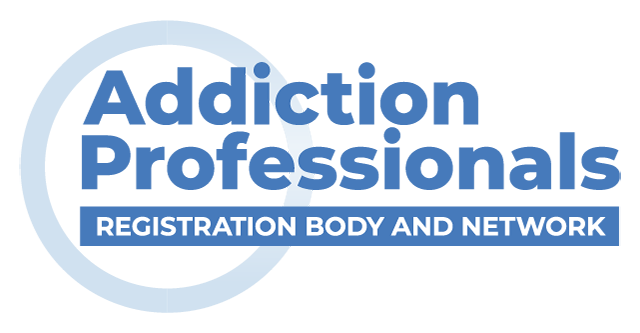Anxiety, Worry and CBT Part Two
Cognitive Distortions
People suffering from anxiety are prone to something called cognitive distortions or thinking errors. These thinking errors are ways that our minds convince us that are core beliefs (the beliefs we form about ourselves and the world in childhoood) are true. Common thinking errors include a few of the following:
Filtering- taking out all the positive details of an experience and magnifying the negatives. Have you ever had an appraisal at work and found it hard to hold on to the good things that were said and found yourself obsessing over the negative things? This is a typical example.
Polarised thinking: Otherwise known as black and white thinking. "If I don't get into Cambridge, I am a failure.". There are no areas of grey in this type of thinking. Everything is all or nothing.
Over generalising: Forming conclusions based on one piece of evidence. "If my boyfriend broke up with me, everyone will eventually break up with me".
There are many more forms of distortions but the above are a few examples.
Using CBT
The most important part is to first gain some awareness of how we think and how we use cognitive distortions to maintain our core beliefs.
The next part is to start learning how to challenge this thinking which I will discuss in more detail next week.
Once we start building up evidence that are automatic thinking and core beliefs are not true, anxiety will lessen. It is important not to avoid situations or fall into what is referred to as safety behaviours. This lessens someone's exposure to gaining new evidence. Some examples of this would be not crossing the road when you see a dog or not going back to check you have turned the iron off.
MORE NEXT WEEK....










